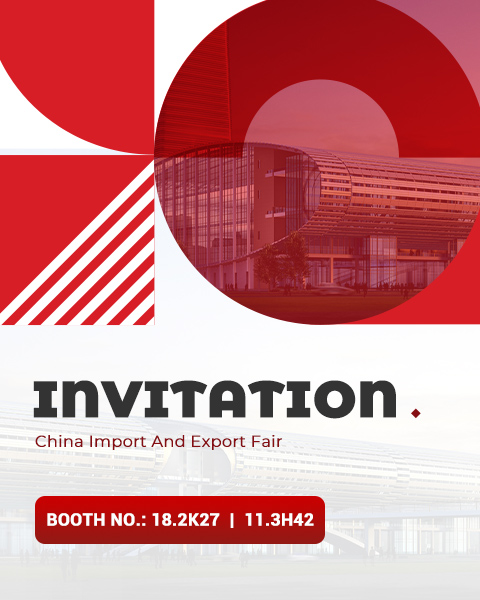The difference between single tempered feed granulator and double tempered feed granulator
2024-04-26
Single-tempered feed pellet mills and double-tempered feed pellet mills are common equipment in the field of feed processing, and they play an important role in the production of feed pellets. The difference between the two is mainly reflected in the number of conditioners and the conditioning effect. These differences will affect the quality, production capacity and efficiency of the production process of feed pellets. The following will introduce in detail the differences between single-temperature and double-temperature feed pellet mills, as well as their advantages and disadvantages.
![]() Conditioner quantity
Conditioner quantity
Single-tempered feed pellet mill: This type of pellet mill has only one conditioner. The conditioner is used to preheat and humidify the raw materials to improve the plasticity of the raw materials and promote the formation of feed pellets.
Double conditioner feed pellet mill: This pellet mill has two conditioners. Two conditioners provide a more complete preheating and humidification process for better maturation of raw materials.
![]() Conditioning effect
Conditioning effect
Single-temperature feed pellet mill: Since there is only one conditioner, its conditioning effect may be relatively weak, especially when processing high-quality or high-fiber raw materials. A single-tempered feed pellet mill may require more time during processing to achieve the ideal conditioning effect.
Double conditioner feed pellet machine: Two conditioners can provide better mixing and conditioning effects. They can increase the ripening degree and temperature of raw materials, improve the pelleting effect, and ultimately produce feed pellets of higher quality and better uniformity.
![]() Capacity
Capacity
Single-temperature feed pellet mill: This type of equipment is generally suitable for pelleting needs with smaller capacity and may be suitable for small farms or small feed processing plants.
![]() Conditioning effect
Conditioning effect
Single-temperature feed pellet mill: Since there is only one conditioner, its conditioning effect may be relatively weak, especially when processing high-quality or high-fiber raw materials. A single-tempered feed pellet mill may require more time during processing to achieve the ideal conditioning effect.
Double conditioner feed pellet machine: Two conditioners can provide better mixing and conditioning effects. They can increase the ripening degree and temperature of raw materials, improve the pelleting effect, and ultimately produce feed pellets of higher quality and better uniformity.
![]() Capacity
Capacity
Single-temperature feed pellet mill: This type of equipment is generally suitable for pelleting needs with smaller capacity and may be suitable for small farms or small feed processing plants.
![]() Application scenarios
Application scenarios
Single-textured feed pellet mill: Single-textured feed pellet mill is suitable for enterprises with smaller production scale, or production sites that do not have high requirements on the quality of feed pellets. These devices are generally affordable and suitable for smaller farms with a limited budget.
Double-conditioned feed pellet mill: Double-conditioned feed pellet mill is suitable for enterprises with larger production scale, or production sites with higher requirements for feed pellet quality. They perform better when handling complex ingredients and can meet the needs of large farms or feed mills.




